The Microsoft Surface Book Review
by Brett Howse on November 10, 2015 8:00 AM ESTThe PixelSense Display
I feel like the display is one of the key points with the Surface Book. Microsoft calls it a PixelSense display - named for its capacitive touch and stylus capabilities - and they have added some technology to really move this display forward. As with all of the Surface devices now, it supports touch, and pen input, and it has a 3:2 aspect ratio.
The aspect ratio is really one of the key features. When Microsoft moved to 3:2 with the Surface Pro 3, it instantly transformed that device and made it much better as both a tablet and a notebook. When the Clipboard is detached, the 3:2 13.5-inch display is every bit as good as the Surface Pro 4, only a bit larger. It works much better in portrait than 16:9 ever did. Clip it on the base, and you now have a notebook display with enough vertical pixels to cut down on the amount of scrolling you need to do. For many of us, the constant move to 16:9 on notebooks was a painful process to watch, and with the Surface Book, you jump right past 16:10 to an even taller aspect ratio. When you snap two apps to the side, you effectively have two 3:4 workspaces, making multitasking much better. There is more physical display available on the 13.5-inch Surface Book than a 14-inch 16:9 display. So even though it would be easy to compare the Surface Book to 13.3-inch Ultrabooks, it offers even more screen than the 14-inch models.
Microsoft has created their own touch and pen controller, which they are calling the G5 chipset. This is the same as the Surface Pro 4, and the goal is to reduce latency on both touch and pen. It actually leverages the GPU for some functions since the GPU has a lot more capabilities and power available.
Despite the larger display than the Surface Pro 4, it shares the exact same pixel density at 267 pixels per inch. This is done with a 3000x2000 resolution, and it is incredibly sharp. Text rendering on it is fantastic, and it would be pretty difficult to discern individual pixels at any sort of normal distance. This is what they look like though.
So with all of these similarities with the Surface Pro 4, it would be easy to assume that Microsoft is using the same Samsung IGZO panel, but that is actually not the case. Microsoft has opted to go with a display from Panasonic, and it’s not IGZO which was a bit surprising with the high DPI on tap. Instead, it is a traditional amorphous silicon panel, so it won’t offer the same power savings of IGZO. Instead, Microsoft wanted to focus on contrast on this display. At the launch event, Panos Panay claimed this notebook had 1700:1 contrast ratio, which, if true, would make it one of the highest contrasts on any notebook, if not the actual highest on any notebook for sale today, and this was done, in part, with the help of photo-alignment. Microsoft has also stated that each Surface Book will be individually calibrated for sRGB, which is important since you generally can’t calibrate a notebooks’s colors after the fact.
To test these claims, we use SpectraCal’s CalMAN 5 software suite with an X-Rite i1Display Pro colorimeter for brightness and contrast measurements, and an i1Pro spectrophotometer for testing color accuracy. Since I have two Surface Books, I’ve run the tests on both so we can check how the calibration is done on more than one device.
Brightness and Contrast
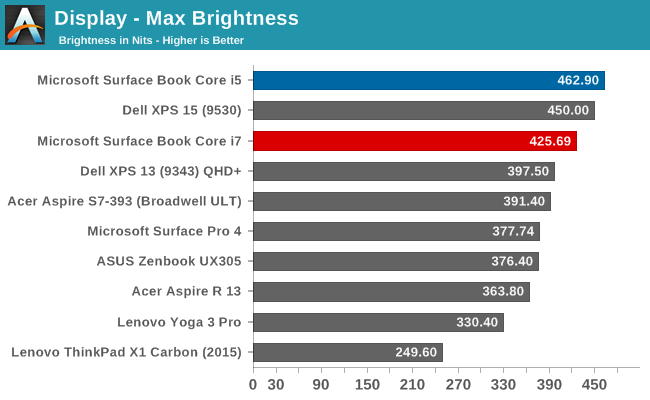
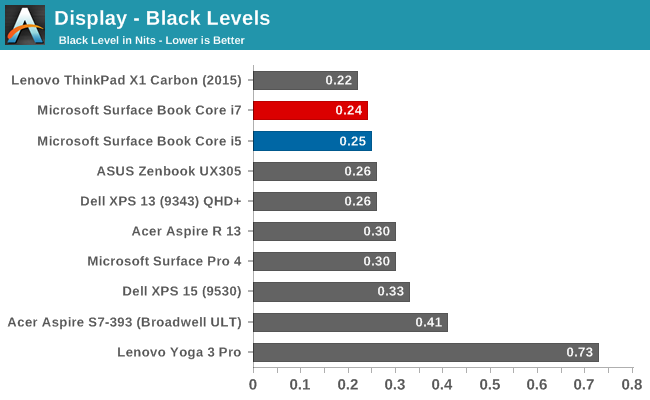
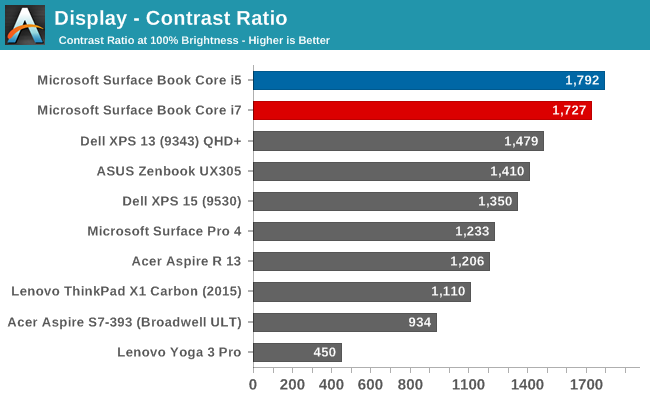
Our first test gets right to the heart of the claim from Microsoft, and sure enough, the Panasonic panel is able to deliver over 1700:1 on contrast. The best part is that the panel has achieved this with amazing black levels, and watching movies on the Surface Book really brings out a lot more detail in dark scenes than most devices are capable of. The brightness is also very good. The Core i5 model that I have has 462 nits of brightness and almost 1800:1 contrast, edging out the Core i7 sample.
Grayscale
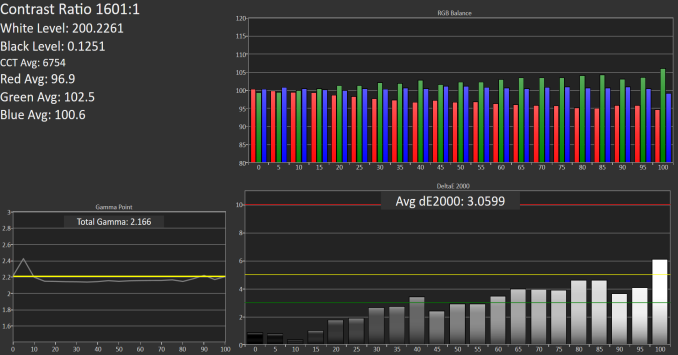 Core i5 Grayscale
Core i5 Grayscale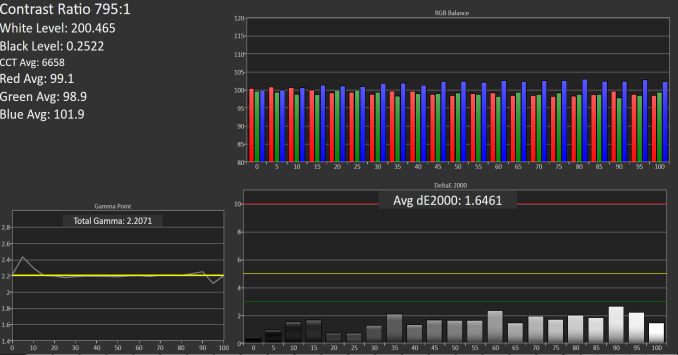 Core i7 Grayscale
Core i7 Grayscale
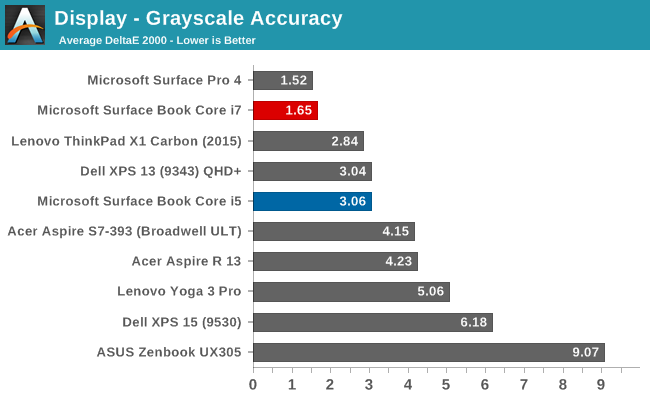
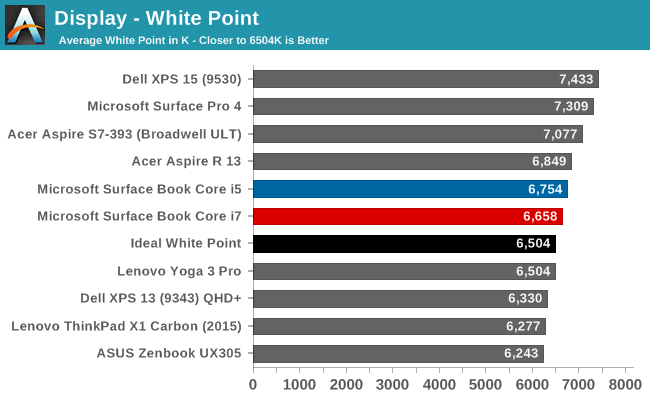
Both models do ok in this test, but the Core i5 model, which was a pre-production sample, had some issues with grayscale, especially as the brightness went up. The Core i7 model, which is a retail sample, seems to be much better here, but with just a sample size of two, it’s difficult to say if this is just luck of the draw. Color temperatures are very close to where they should be as well, and both keep gamma in check which is nice to see.
Saturation
Core i5 (left) Core i7 (right)

Once again, the Core i7 model outperforms the Core i5 pre-production model here, and by quite a bit, although both are well under the limit where you would be able to detect an issue. Both devices can pretty much cover 100% of the sRGB color space.
Gretag Macbeth
Core i5 (left) Core i7 (right)
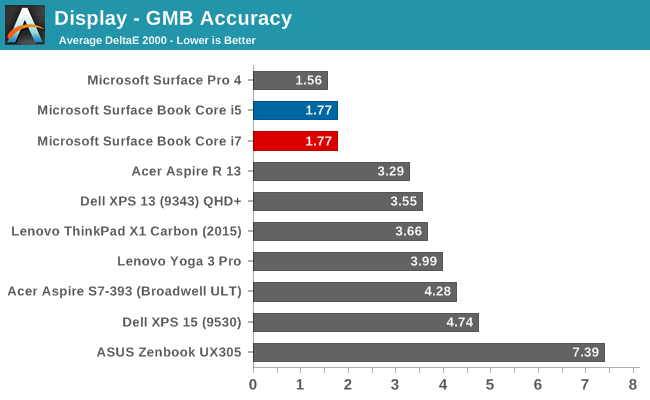
The most comprehensive test is the Gretag Macbeth, which tests not only the standard sweeps, but also many of the colors in-between, including skin tones. Both models do very well here, with pretty much none of the individual results scoring over 3.0.
Color Comparator
Looking at what all of this means, we can leverage these color comparators, which show the display’s intended color on the bottom, and the actual result on the top. This is a relative comparison, because any inaccuracies in your own display would skew the results.
Core i5 Color Comparator
Core i7 Color Comparator
Both models show very accurate colors, with little differentiation between the top and bottom parts of the images.
Microsoft has promised 100% sRGB coverage as well as individually calibrated panels, and it looks like they have done very well. The Core i7 model in particular, which is a retail sample, has no issues at all with the display accuracy. It’s interesting that they did not go with IGZO technology with the Surface Book like they did with the Surface Pro 4, but the Panasonic panel has amazing contrast, and the backlighting provides great brightness despite the amorphous silicon TFT. The black levels are very good on this display, and accuracy is certainly good enough for almost anyone’s needs. The high accuracy, combined with the high resolution, make the Surface Book one of the nicest displays around, and it’s a pleasure to use.
The days of high DPI being a real issue on Windows is slowly fading away, although there are still plenty of programs that do not play well. It really depends on what exact programs you have, but for most of my workflow high DPI is not a problem at all. Adobe has updated their apps to support higher resolution panels, for example. I’ve been using high DPI Windows PCs for several years now, and although there are still some apps that fall back to DPI virtualization, it’s not been an issue most of the time. If the Universal Windows App platform takes off, this will be well and truly solved, but that has not happened quite yet.


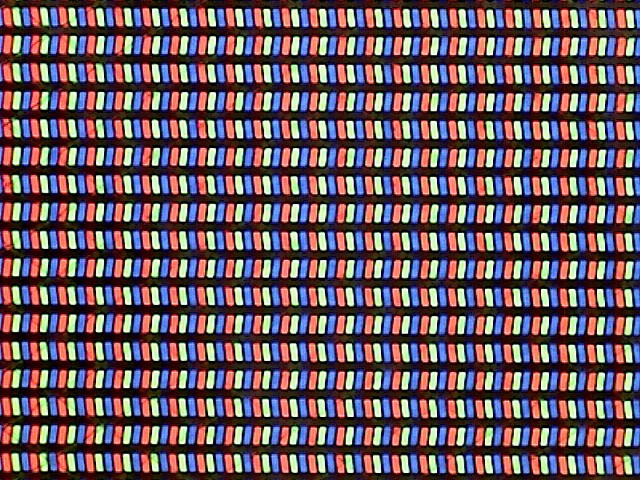
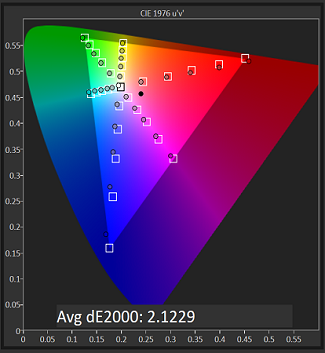
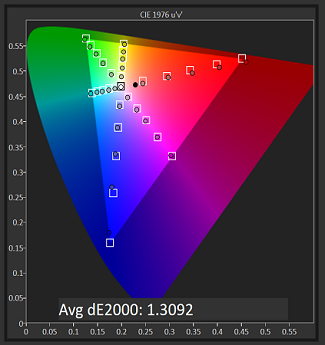

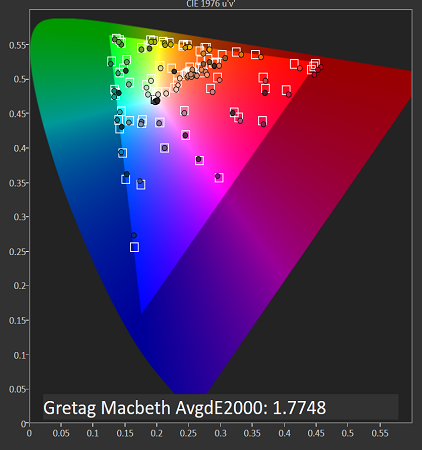












249 Comments
View All Comments
nerd1 - Tuesday, November 10, 2015 - link
Surface book has surprisingly good cooling. I did prime95 test myself for 30 mins and CPU clock was around 2.8Ghz. Slightly less than full turbo, but still impressive for 7.7mm thin device. Spectre x360 lasts ~12 hours with 52Wh battery, so it makes sense this HiDPI machine lasts ~12 hours with larger 70Wh battery.And face it, anandtech is not really interested in anything non apple. I have recently seen a side-by-side blind test of 6 smartphone cameras and iPhone 6s+ one was very obviously the worst in all possible situations. And AT called iPhone 6s "the best phone ever". LOL.
s.yu - Wednesday, November 11, 2015 - link
This should be the 11th review on the MSB I've read. The battery life varies greatly between reviews and I've seen 4 6-7hrs claim, 2 10-11hrs claim and 5 12-15 hrs claim including this one (in fact the 15hrs it got out of the i5 model is the longest I've read about, it was mostly 12-13hrs). I think it's just that there are still many problems with the software, and if not solved, you could get 2.5hrs minimum just surfing the web (single case of customer feedback) with the keyboard attached.nerd1 - Wednesday, November 11, 2015 - link
Personally i could achieve 9-10hrs with office jobs and chrome, and 14 hrs with edge.nyonya - Tuesday, November 10, 2015 - link
Any chance of redoing the Surface Pro 4 battery life tests post - firmware upgrade?vinsanity - Tuesday, November 10, 2015 - link
Which Surface Pro 4 was in these benchmarks??lilmoe - Tuesday, November 10, 2015 - link
I like the Surface Book. I think it's a GREAT laptop. But I won't be buying one because I'm probably not the intended audience. I need my Quad Core CPU.The thing that really got my interest was the internal design. No the part where the screen comes off, but the part where the battery is behind the screen. It really was like a eureka moment.
Microsoft's implementation has it that the batter in the clipboard is high, with a higher center of gravity relative to the hinge. They were forced to do so because they need space for the "muscle wire" mechanism. BUT conventional laptops don't need that mechanism.
Having all or part of the battery behind the screen is such a brilliant design idea. Especially since LCD panels are extremely thin nowadays. It removes a huge strain on the internal design of a laptop, and leaves more area for active/hybrid cooling and other peripherals, while remaining relatively thin. Not necessarily lighter, but considerably thinner designs with significantly more room for much larger battery (and possibly more circuitry) behind the screen.
NOW, I want a conventional, thin, high performance laptop with a beefy processor and GPU, and a lid that adds more battery behind the screen towards the bottom (to lower the center of gravity of the lid and make the device more balanced). The lid would be a tiny bit thicker on the bottom and tapers along the top (like a macbook air for the lid only).
This design would be great for think, stylish mobile workstations and gaming laptops.
MattL - Tuesday, November 10, 2015 - link
Good review, fair criticismsbluevaping - Tuesday, November 10, 2015 - link
One of the best thing for Surface Book is fast storage. The most powerful notebook this size that is great for League of Legends or Dota 2. Ok for $1899? Give me an Elitebook 14" 745 G3 for $919+ and install $350 PCIE 512GB. $1269. They both are about 3.4 pounds. Can the Elitebook run Dota 2 with twice the storage, Yes.s.yu - Wednesday, November 11, 2015 - link
That's not very fast. RAID0 gets you twice that speed. Don't forget you could get the bad straw and end up with an even slower drive.mmrezaie - Tuesday, November 10, 2015 - link
I don't understand why anyone should be bothered with this because of all the privacy issues. According to our tests it is actually abiding the claims they made by gathering even contents of my disks and uploading them to some ip address held by microsoft.